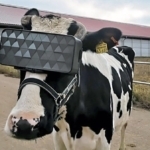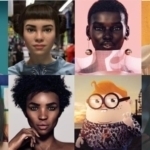
Artificial Taste
Artificial taste, also known as synthetic taste or a taste substitute, is a type of biotechnology that is designed to mimic the sensation of taste. There are several potential benefits of artificial taste, including:
- Improved nutrition: Artificial taste can be used to enhance the flavor and appeal of nutrient-dense foods, such as those that are high in vitamins, minerals, and other essential nutrients. This can help to improve the overall nutritional value of the diet, and can make it easier for individuals to consume the nutrients they need to maintain good health.
- Enhanced flavor: Artificial taste can be used to create a wide range of flavor profiles, including those that are not found in nature. This can be particularly useful for individuals who have lost their sense of taste due to injury or disease, as it can help to restore the enjoyment of food and improve their overall quality of life.
- Reduced calories: Artificial taste can be used to create low-calorie versions of traditionally high-calorie foods, such as desserts and snacks. This can help to reduce the risk of obesity and other health problems associated with excessive caloric intake.
- Improved food safety: Artificial taste can be used to create safer and more stable food products, by adding antimicrobial agents and other substances that can prevent the growth of harmful bacteria. This can help to reduce the risk of food poisoning and other food-borne illnesses.
- Potential for personalized nutrition: In the future, it may be possible to use artificial taste to create personalized nutrition plans that are tailored to the unique nutritional needs and preferences of each individual. This could potentially be used to optimize health and well-being, and to prevent or manage a wide range of chronic diseases.
Try again
While it can’t replace the nutrition we receive from foods, a Japanese company has invented a lickable “taste gadget” that artificially replicates flavors by using LED lighting in electrolyte gels to activate the five different tastes on the human tongue. The gels contain sweet, salty, acidic, bitter, and umami flavors which can be manipulated to achieve the desired taste by suppressing specific flavors according to the voltage in the LED lighting.
Microsoft is also generating artificial tastes by using A.I. to help a distillery come up with unique flavours for its line of whiskies. While the A.I. cannot actually “taste,” it “hallucinates” whiskey flavors through algorithmic parameters developed by the programmers.


